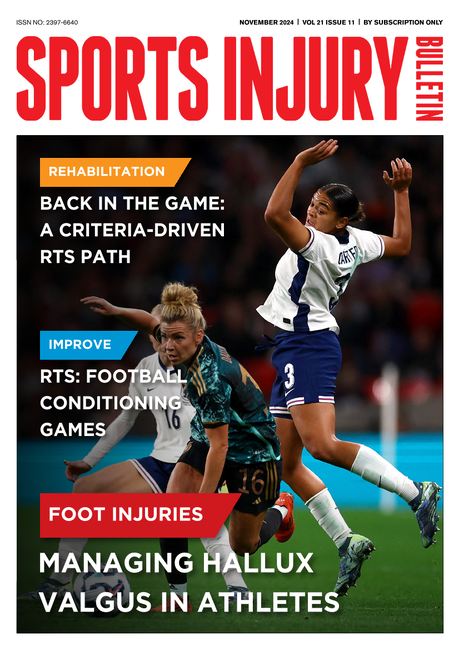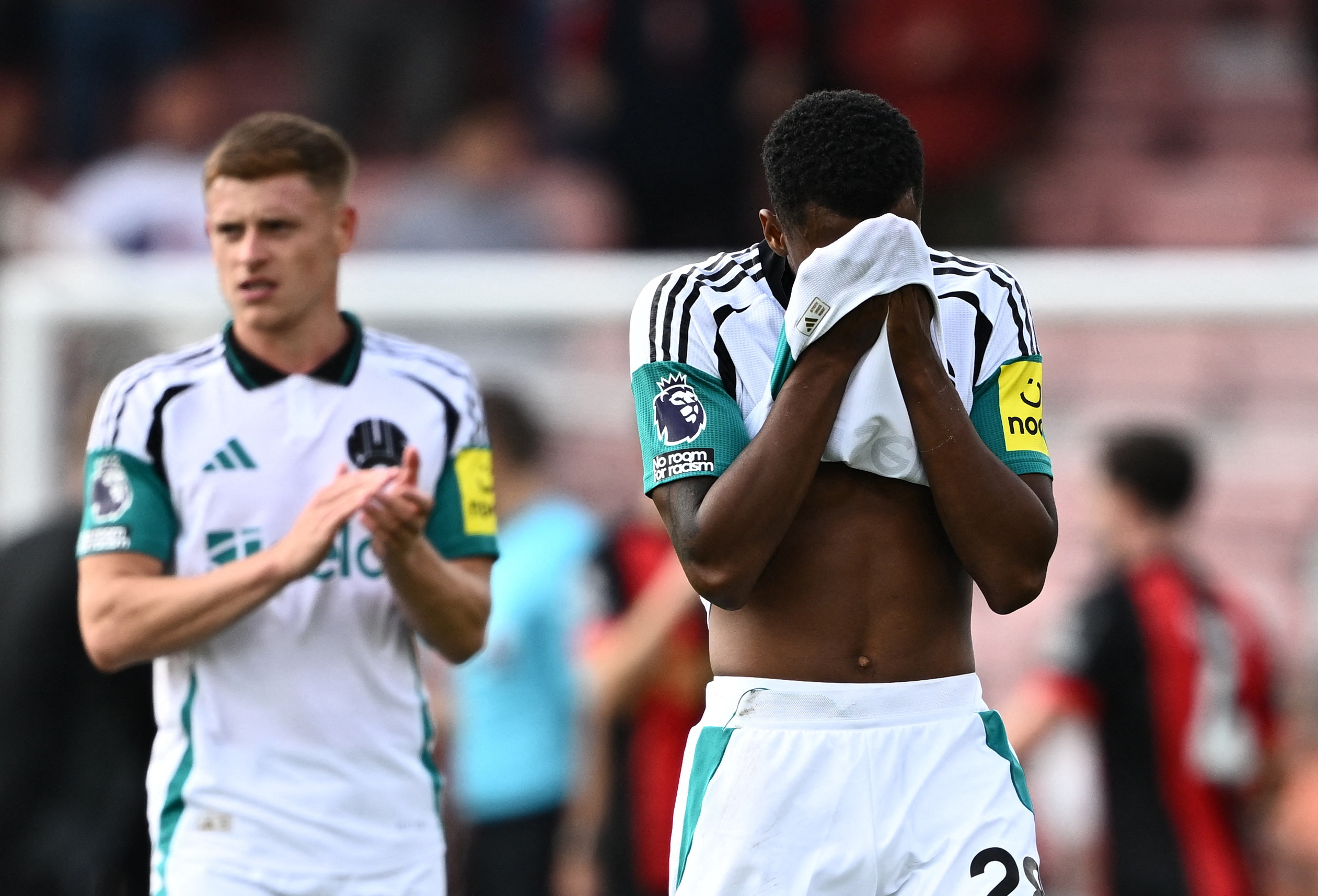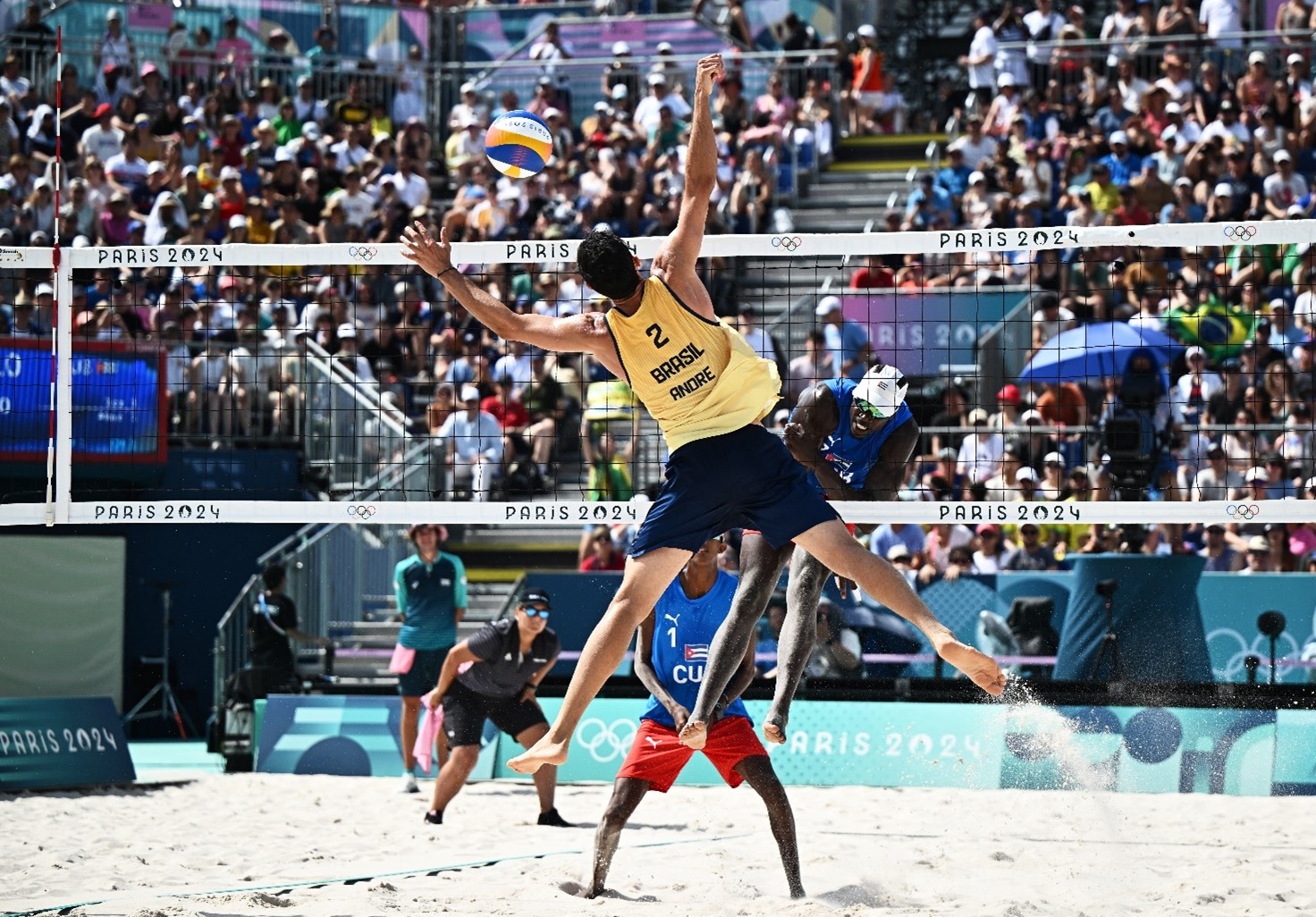You are viewing 1 of your 1 free articles
Early specialization: what’s the price, and should young athletes pay it?

Practice makes perfect – or so they say. However, can young athletes have too much of a good thing when it comes to youth sport? For busy student-athletes, specializing in a single sport to the exclusion of other sports or physical pastimes is simply a function of time constraints. However, some athletes spend excessive time training for a sport in the hopes of achieving elite status.
Problems with early sports specialization
There is some evidence to support the ‘10,000 hours’ required to master a skill(1). However, young athletes who specialize too soon are at an increased risk of physical, emotional, and social problems(2-4). According to the Developmental Model of Sport Participation there are two distinct pathways for young athletes: early diversification (so-called ‘sampling’) or early specialization (see figure 1)(5).Figure 1: The Developmental Model of Sport Participation*

According to this model of participation, the sampling pathway (non-early specialization) allows children and young prospective athletes to acquire foundational skills necessary for successful specialization later. This pathway also fosters experiences with various social interactions with peers and adults and reinforces emotional and self-regulating skills needed for the future(6). The emphasis on ‘deliberate play’ refers to the spontaneous types of self-directed play that were once considered common for kids in the park and backyard, such as soccer, baseball, and basketball games. These ‘pick-up games’ are inherently designed to maximize enjoyment, thus reducing the dropout risk in later years(5).
By contrast, the early specialization pathway focuses on a single sport from an early age (often as young as 6 years old) and emphasizes deliberate practice rather than deliberate play. The phrase ‘deliberate practice’ refers to a
“highly structured activity that requires effort, generates no immediate rewards, and is motivated by the goal of improving performance rather than inherent enjoyment”(1).
The foundational basis for early specialization is the selection and training of ‘talented’ children, even when the child isn’t motivated to participate in the sport.
Early specialization and success
Given the psychological and developmental downsides of early specialization (pre-pubescence), there must be benefits for reaching elite levels of performance that justify this approach. However, there is little evidence to support this assumption. While sports specialization is a necessary step for athletic success, analysis of elite athletes suggests that early specialization is NOT required to reach this level. For example, studies found that:- Division 1 NCAA athletes are more likely to have played multiple sports in high school than lower-division athletes, and that their first organized sport was different from their current one(2).
- Of the 322 athletes invited to the 2015 National Football League Scouting Combine, 87% had played multiple sports in high school, while just 13% had only played football(7).
- Only 0.3% of German athletes in Olympic sports selected at the youngest level were ranked internationally, and most elite athletes specialized in their primary sport later in life(8).
- In most sports, elite and successful athletes participated in a diverse range of sports in their early years and specialized only later on(9).
- Other studies of elite athletes show that intense training typically did not start until late adolescence and that these athletes played other sports before specializing(10).
Some early specialization advocates have incorrectly interpreted the research that claims that athletes need around 10,000 hours of practice or competition over a 10-years to achieve success, to mean that early specialization is necessary(1). However, this data was collected from chess players – not on athletes engaged in a physical sport. Reliable research shows that athletes can achieve elite status with 10,000 hours of total deliberate play and deliberate practice time in all sports combined. Successful athletes need only 3000 hours of sport-specific training and can succeed without early specialization(11).
Injury and early specialization
Despite the hazards of early sport specialization, it’s common for children and adolescents (often driven by coaches and parents) to participate in organized sports at a high level and to specialize in one sport early. Sports participation by children aged six years or under increased from 6% to 12% in the first decade of the 2000s, but with 70% of children dropping out of organized sport completely by 13 years of age(9,12). The high dropout rate is likely partly due to boredom or burnout and partly due to overuse injuries(13).Due to a lack of a uniform reporting protocol, the data on the actual incidence of overuse and overtraining injuries is not clear. However, it suggests that overuse injuries could account for nearly half of all athletic injuries in young athletes(14). Early specialization combined with intense training may significantly increase the risk of overuse injuries, leading to various undesirable outcomes such as pain, temporary loss of playing time, and even early retirement from the sport(4,15). The factors that increase injury risk among early specializers include training volume, competitive level, and pubertal maturation stage(16).
How much risk?
The volume of training, especially deliberate practice, may significantly increase injury risk. One study of high school athletes showed an increased risk of injury when the training volume exceeded 16 hours per week(17). Other research suggests that young athletes whose deliberate practice time is more than double the time spent engaged in free play increase their risk of an overuse injury(18). Early specialization in all sports carries an increased injury risk. However, some sports, such as gymnastics, are notorious for overuse injuries suffered at a young age. Furthermore, it appears that female athletes who specialize early are at particularly high risk of overuse injuries and RED-S (see this article for a more detailed discussion on RED-S)(19).Finally, a meta-study looking into the injury risk associated with early specialization makes for informative reading(20). This study pooled high-quality data from five other studies into injury risks associated with specialization in several thousand young (under 18 years) athletes. It found that athletes whose training had a high degree of specialization were nearly twice as likely (81% more likely) to sustain an overuse injury than athletes with low specialization. Further analysis showed that even moderate specialization appeared to be associated with a greater risk of injury (39% more likely) than low specialization. The conclusion was young athletes experience a stepwise increase in injury risk with increasing levels of specialization.
Summary
Although young athletes may require some degree of specialization to reach elite performance levels, a large body of evidence suggests that this process should not begin until the teenage years. Even then, it should be combined with a multi-sport balanced approach where playing for fun and enjoyment is a goal in itself. This ‘sampling’ approach is just as likely to lead to long-term success and less likely to lead to burnout, injury, possible health problems, and early retirement from all sports. Long-term athlete development (LTAD) programs, which started in the 1990s in the United States, Canada, and other industrialized countries, have tried to counter the detrimental effects of early specialization and year-round sports by offering a positive framework to develop physical literacy and elite athletes. To this end, clinicians and coaches supervising young athletes should ensure that overall training program structures take a long-term approach rather than relying on early specialization.References
- Psychol Rev. 1993;100(3):363–406
- Curr Sports Med Rep. 2010;9(6):364–371
- Clin J Sport Med. 2014;24(1):3–20
- Br J Sports Med. 2014;48(4):287–288
- Sci Sports. 2014;29(suppl):S63–S69
- Int J Sport Exerc Psychol. 2009;7(1):7–17
- TrackingFootball.com - twitter.com/trckfootball (accessed 8th February 2021)
- Scand J Med Sci Sports. 2011;21(6):e282–e290
- Sports Health. 2013;5(3):251–257
- J Sports Sci. 2009;27(13):1367–1380
- Coté J, Baker J, Abernethy B. Practice and play in the development of sport expertise. In: Tenenbaum G, Eklund RC, eds. Handbook of Sport Psychology. 3rd ed. Hoboken, NJ: John Wiley & Sons; 2007:184–202
- O’Sullivan J. Changing the Game. New York, NY: Morgan James Publishing; 2013
- Pediatrics. 2007;119(6):1242–1245
- Am J Sports Med. 2015;43(7):1790–1797
- Br J Sports Med. 2013;47(17):1060–1061
- Clin J Sport Med. 2011;21(4):307–314
- Med Sci Sports Exerc. 2008;40(3):444–450
- Am J Sports Med. 2015;43(4):794–801
- Br J Sports Med. 2014;48(4):289
- Pediatrics September 2018, 142 (3) e20180657
Newsletter Sign Up
Subscriber Testimonials
Dr. Alexandra Fandetti-Robin, Back & Body Chiropractic
Elspeth Cowell MSCh DpodM SRCh HCPC reg
William Hunter, Nuffield Health
Newsletter Sign Up
Coaches Testimonials
Dr. Alexandra Fandetti-Robin, Back & Body Chiropractic
Elspeth Cowell MSCh DpodM SRCh HCPC reg
William Hunter, Nuffield Health
Be at the leading edge of sports injury management
Our international team of qualified experts (see above) spend hours poring over scores of technical journals and medical papers that even the most interested professionals don't have time to read.
For 17 years, we've helped hard-working physiotherapists and sports professionals like you, overwhelmed by the vast amount of new research, bring science to their treatment. Sports Injury Bulletin is the ideal resource for practitioners too busy to cull through all the monthly journals to find meaningful and applicable studies.
*includes 3 coaching manuals
Get Inspired
All the latest techniques and approaches
Sports Injury Bulletin brings together a worldwide panel of experts – including physiotherapists, doctors, researchers and sports scientists. Together we deliver everything you need to help your clients avoid – or recover as quickly as possible from – injuries.
We strip away the scientific jargon and deliver you easy-to-follow training exercises, nutrition tips, psychological strategies and recovery programmes and exercises in plain English.










